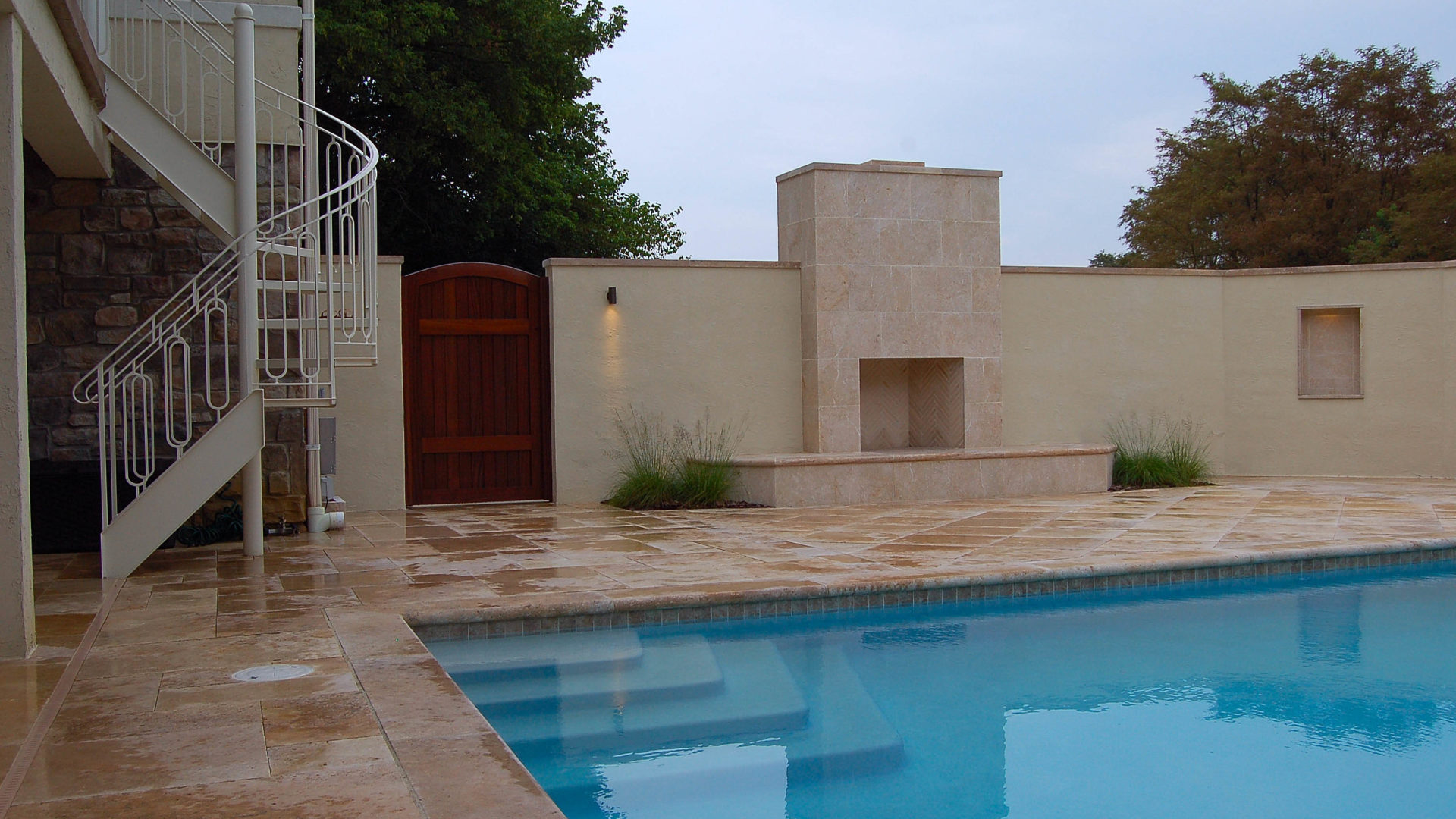Good Design = Lasting Value. When your hard earned dollars are being spent on an installation you want to make sure that the final design provides the foundation for a project that will contribute lasting value to your home and your lifestyle.
Most design/build companies, in one way or the other, charge for design. In the landscape industry, I have come across three ways that design-build companies will charge for design services.
1.) Establish a design fee with the client. After meeting with the client and evaluating the scope of the project the client is presented the cost of the design or given an approximation of the cost.
2.) Offering free design. This seems too good to be true and frequently is disingenuous. With this arrangement, the designers cost is either incorporated into the company’s overall pricing or directly backed into the proposal.
3. ) Rebate the design fee. This is dependent on the condition that the company designing the project will also install the project. When you contract for installation there’s a good chance the cost of your design is already incorporated into the proposal. If you decide to not proceed with the installation then you are directly billed for the design.

